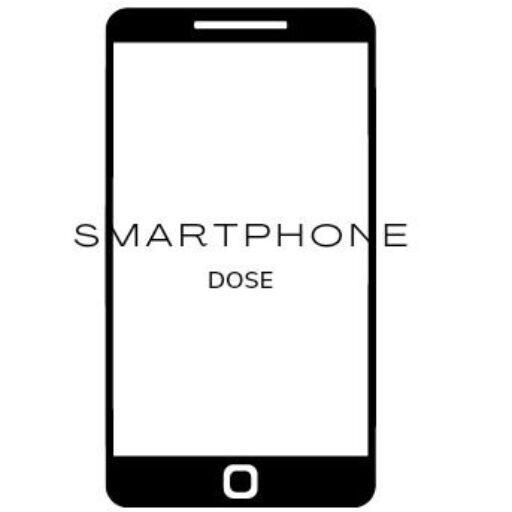This is the world of smartphones! We are constantly hearing tips and tricks to save battery life. One of the most common suggestions is to lower your screen’s refresh rate. The idea is simple- a lower refresh rate uses less power, which should give you longer battery life.
But does it actually work?
I was curious too. So, I decided to do a Real-life test to find out.
What Is Refresh Rate, and Why Does It Matter?
Before we dive into the results, let’s understand what refresh rate means.
Refresh rate is the number of times your screen refreshes in one second. A 60Hz screen refreshes 60 times per second, while a 120Hz screen refreshes 120 times per second. The higher the refresh rate, the smoother things look—like scrolling, animations, and gaming.
But there’s a catch. That extra smoothness comes at a cost—higher power usage. Your phone has to work harder to keep up with the faster updates, and that drains the battery more quickly.
So, I decided to compare both modes to see how much battery difference there really is.
My Simple Experiment- 60Hz vs 120Hz
To keep things fair, I used the same phone for two days. On Day 1, I used the phone at 60Hz all day. On Day 2, I switched to 120Hz and repeated the same kind of usage—social media, a bit of YouTube, texting, browsing, and a few short calls.
I didn’t play any heavy games or charge the phone mid-day. Just regular usage, exactly how I’d normally use my phone.
The Results- Big Difference in Screen-On Time
The difference was very clear.
- At 120Hz, I got a screen-on time of 4 hours and 35 minutes.
- At 60Hz, the screen-on time jumped to 7 hours and 15 minutes.
That’s nearly 3 hours more, just by reducing the refresh rate. I didn’t expect the gap to be that big!
Why Does 60Hz Save So Much Battery?
When your phone runs at 120Hz, it has to refresh the screen almost twice as often as it does at 60Hz. That constant refreshing puts a load on your processor and GPU, and obviously, that drains the battery faster.
At 60Hz, your phone takes things easy. It doesn’t work as hard to refresh the screen, which results in less battery consumption. If you’re mostly doing casual stuff like messaging, reading, or watching videos at standard quality, you probably won’t even notice much difference in smoothness—but your battery sure will.
Is 120Hz Worth the Battery Trade-Off?
Now don’t get me wrong—120Hz looks amazing. If you’re someone who loves smooth visuals, plays games, or does a lot of scrolling on social media, you’ll definitely notice and appreciate the difference.
But is it worth losing 2-3 hours of battery life?
That depends on your priorities. If you’re out all day without a charger, or on a trip where charging is not easy, switching to 60Hz could be a smart move. On the other hand, if your phone is usually plugged in or you’re indoors most of the time, you might prefer the buttery smooth feel of 120Hz.




